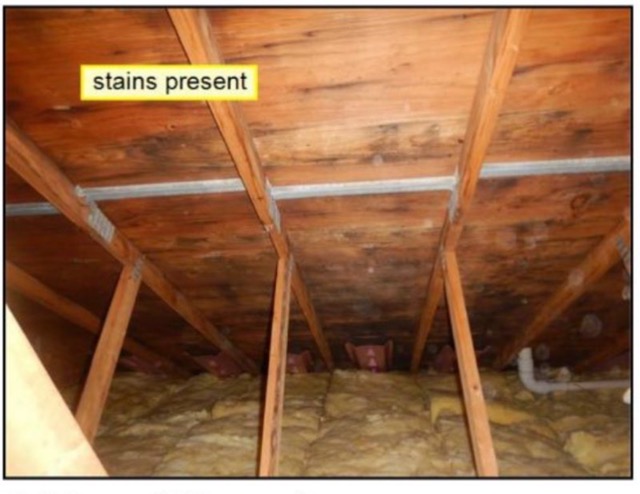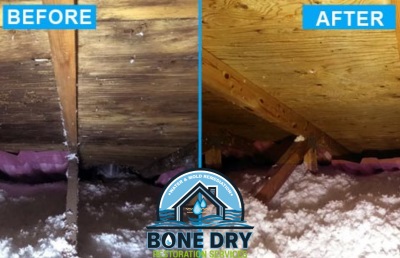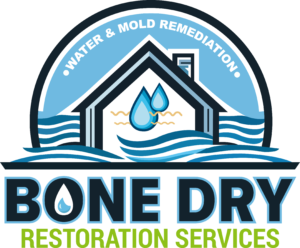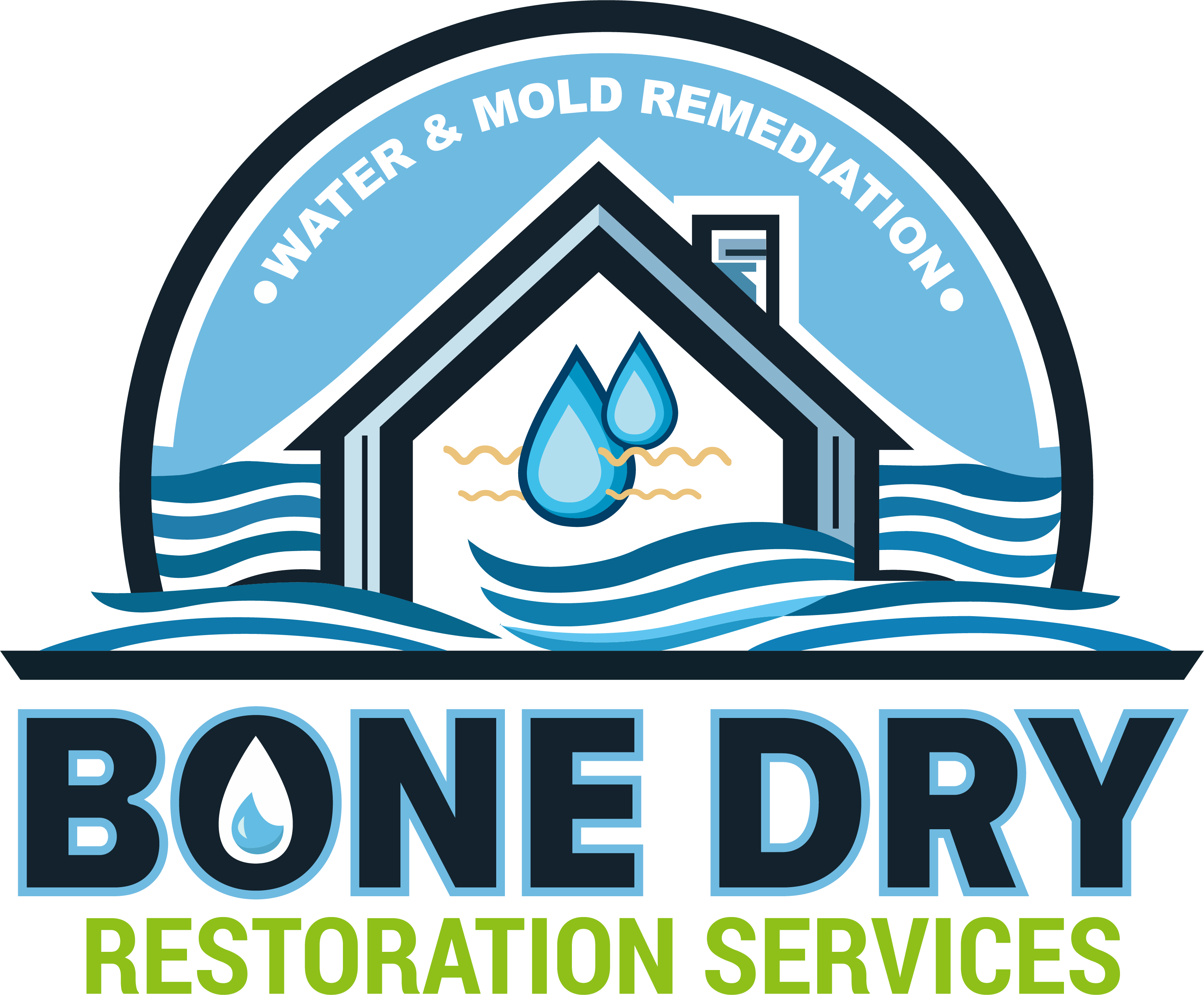Have you gotten your inspection report with a picture that looks something like this one? Well, if you live in Maine you’re not alone.
Let’s explore why so many Maine attics have mold present.

Understanding and Preventing Mold in Attics
Attics in Maine are often a hidden breeding ground for mold due to their unique environment and our climate. Factors such as poor ventilation, roof leaks, and high humidity levels can contribute to mold growth in these spaces. While it’s difficult to pinpoint exact statistics for Maine, it’s estimated that around 40% of homes in the state face mold issues due to the region’s humid climate and swing in weather conditions.
Causes of Attic Mold
- Poor Ventilation: Adequate ventilation is essential to prevent moisture buildup in attics. Without proper airflow, moisture from the living spaces below can rise and condense in the attic, creating an ideal environment for mold.
- Roof Leaks: Leaks in the roof can introduce water into the attic. Even small leaks can lead to significant mold growth over time if not addressed promptly.
- Humidity and Condensation: Attics can accumulate moisture from various sources, including poorly insulated HVAC systems and unvented bathroom fans. This moisture can condense on cold surfaces, leading to mold.
- Inadequate Insulation: Proper insulation helps maintain a consistent temperature in the attic. Inadequate insulation can cause temperature fluctuations, resulting in condensation and mold growth.

Preventing Attic Mold
- Ensure Proper Ventilation: Installing ridge vents, soffit vents, or gable vents can help improve airflow in the attic. Proper ventilation reduces moisture buildup and helps maintain a dry environment.
- Inspect and Repair Roof Leaks: Regularly inspect your roof for any signs of damage or leaks. Repair any issues promptly to prevent water from seeping into the attic.
- Control Humidity Levels: Use dehumidifiers in areas prone to high humidity. Ensure that exhaust fans from bathrooms and kitchens are vented outside, not into the attic. This is, unfortunately, an all too common issue.
- Improve Insulation: Proper insulation helps regulate temperature and prevents condensation. Ensure your attic is well-insulated, especially around ducts and pipes.
- Regular Inspections: Schedule regular inspections of your attic to detect and address any mold issues early. Look for signs of moisture, water stains, and mold growth.
Attic mold is a common problem that can lead to structural damage and health issues if not addressed. By understanding the causes and implementing effective prevention strategies, you can protect your home from mold growth. Regular maintenance and inspections are key to keeping your attic dry and mold-free. Don’t wait until mold becomes a significant problem—take proactive steps to ensure a healthy and safe living environment.
If you’d like us to help with the mold in your attic give us a call 207-600-2436. We serve from Kittery to Portland to Brunswick and everywhere in-between!

